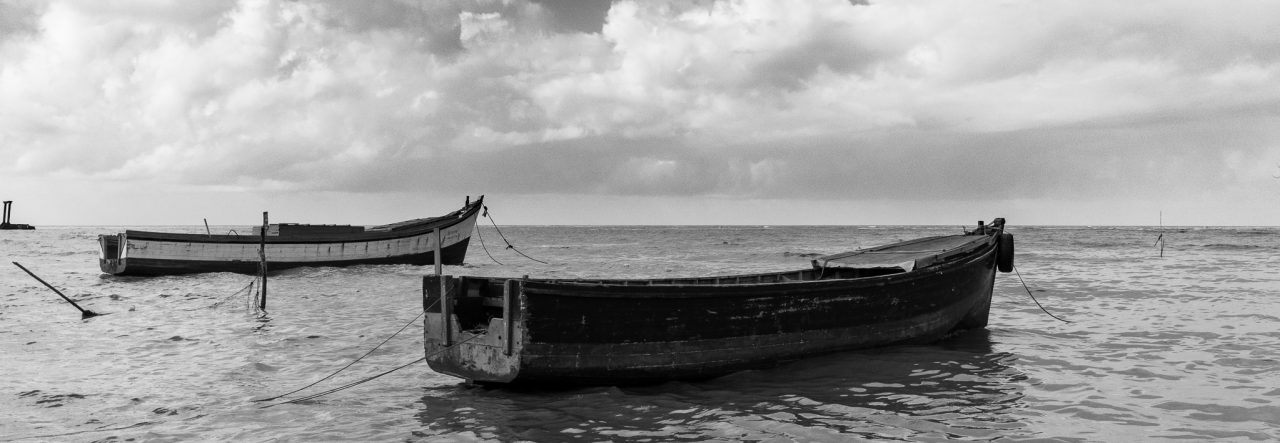The physical structure that believers gather within to offer thanks and praise to a higher being, their God, is often referred to as a church, temple, masjid, mandir, among many other names; but to me this is simply a shelter over the heads of those gathering; growing up as a Roman Catholic we are taught that the church is the people, yet we all refer to the building as the church 🙂
At 58 Mile, Mabura, along the Lethem trail there’s a church building that I almost always photograph in passing, I’ve meant to walk over on more than one occasion, but never did. I don’t know which Christian denomination it belongs to, but seeing a quaint little church against the backdrop of the forest usually makes me think if we were seeking a “place” to gather and worship, maybe out in the open among God’s creation is where it can be every once in a while, to remind us of the wonders of this home we call earth and the God who we believe created it and us.

Church at 58 Mile, Mabura. | Canon EOS 6D, Canon EF 24-105mm L
Another church that has caught my eye a few times as we travel through the Pakaraima mountains is the RC Church of St Francis of Assisi at Rukumuta village in the Pakaraima Mountains. I have photographed it a few times but never caught the essence of it, I think this time I may have done it justice, although I excluded the building entirely (it’s to the right of the end of the frame of the photograph) I think that the idea of a church sitting here, feels right.

St Francis of Assisi RC Church, Rukumuta, Pakaraims Mountains, Guyana.
Canon EOS 60D, Sigma 10-20mm
I’ve often heard people complain about how the missionaries to the third world forced people to convert to Christianity, and while the idea certainly doesn’t sit well with me, the Amerindian people whom I have met, who are Christian never said anything about it, they don’t seem to dwell upon it like some westerners seem to, but I am sure that if the old beliefs are still there in some villages, I do hope that someone is keeping them up and recording them.
This reminded me of something I read last Sunday, about Saint Casilda. According to legend, around the end of the first millennium, she was the daughter of a Muslim King, despite the conflict between Christians and Muslims she showed great kindness to the Christian prisoners. She reportedly was cured of an illness while still a young woman by the healing waters from the shrine of San Vicente, and converted to Christianity soon after.
As I see it, she simply changed her method of worship, not her way of living nor the God she worshiped. Is it possible for us to be open-minded about the existence of God, and the possibility that no matter what we call him/her, no matter what methods we use to praise God, that we can all be one people, that anyone showing kindness to another can be acknowledged for it and accepted as a fellow human being?
Click on the images to see them in the Collection along with other images in the Sepia Gallery.





